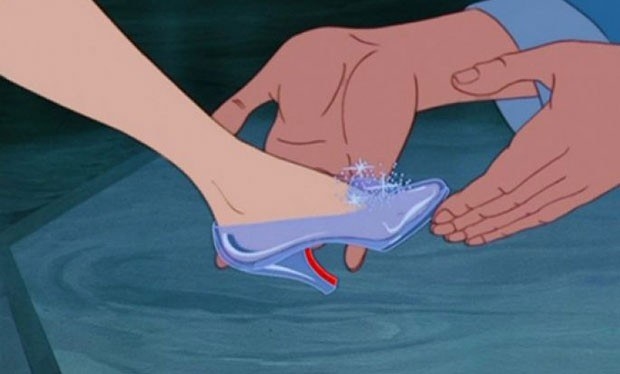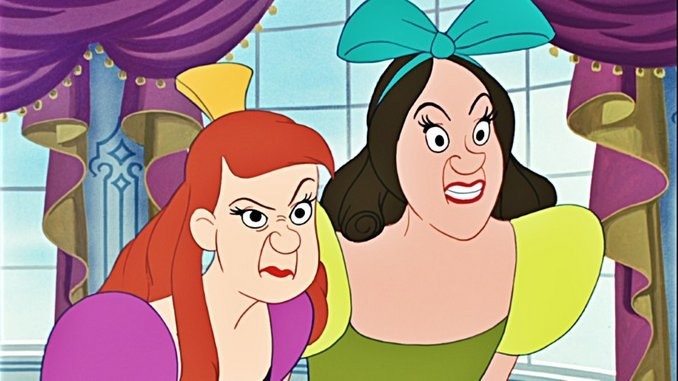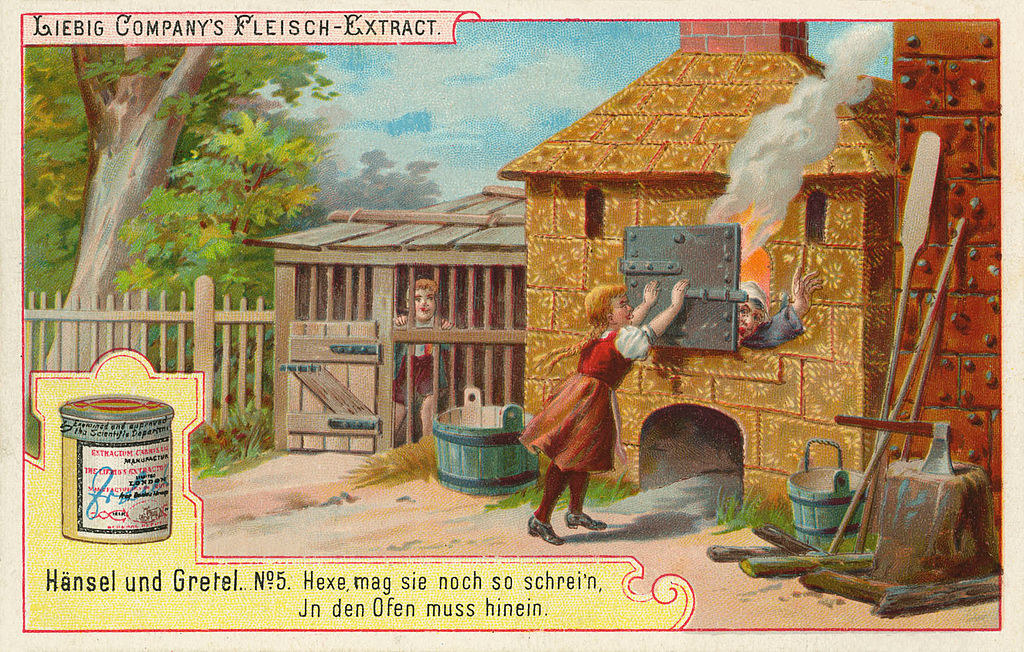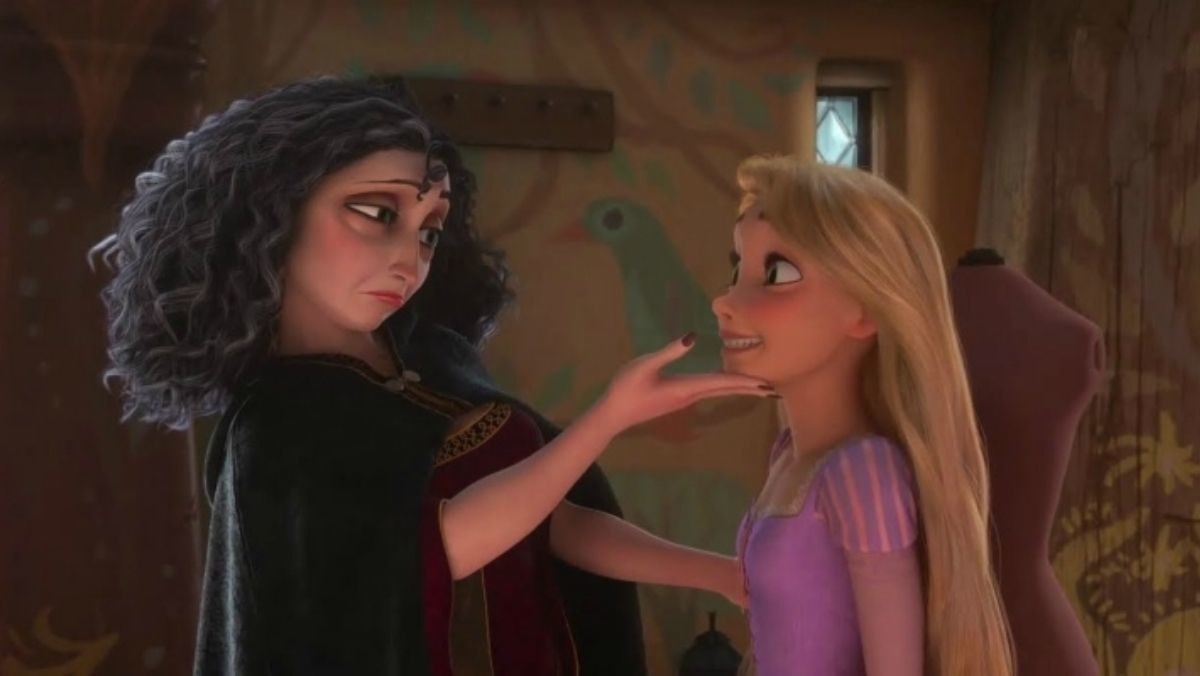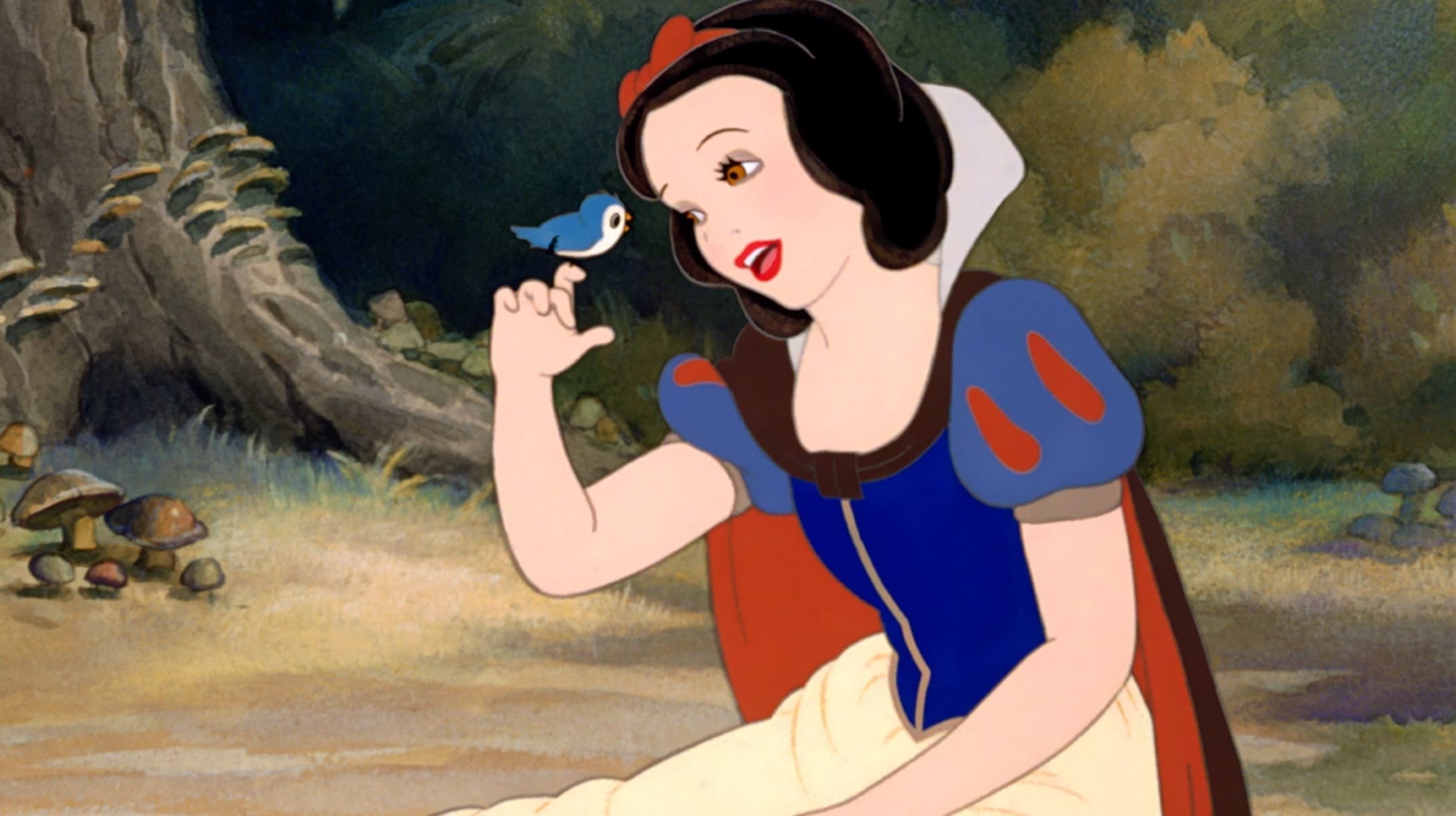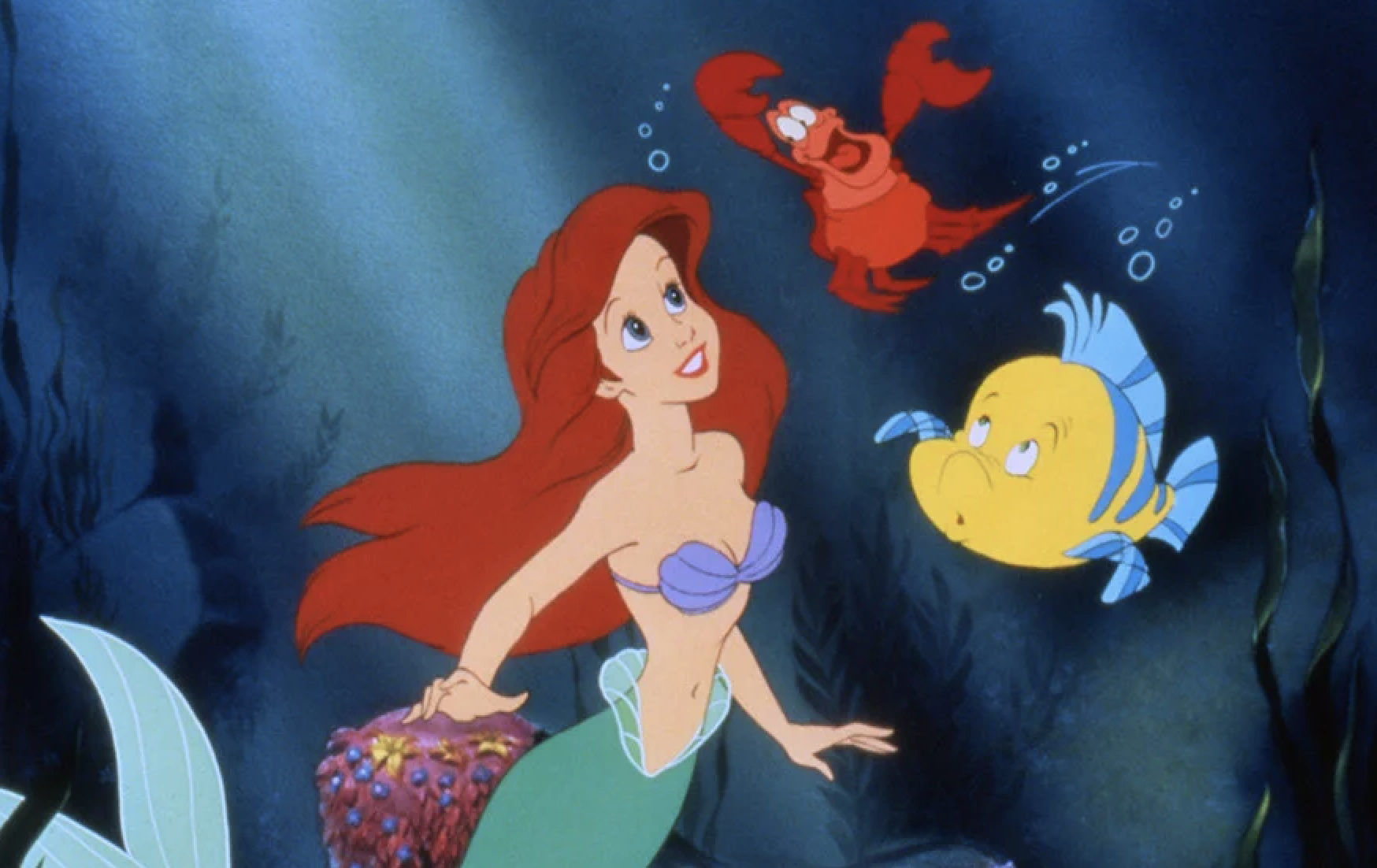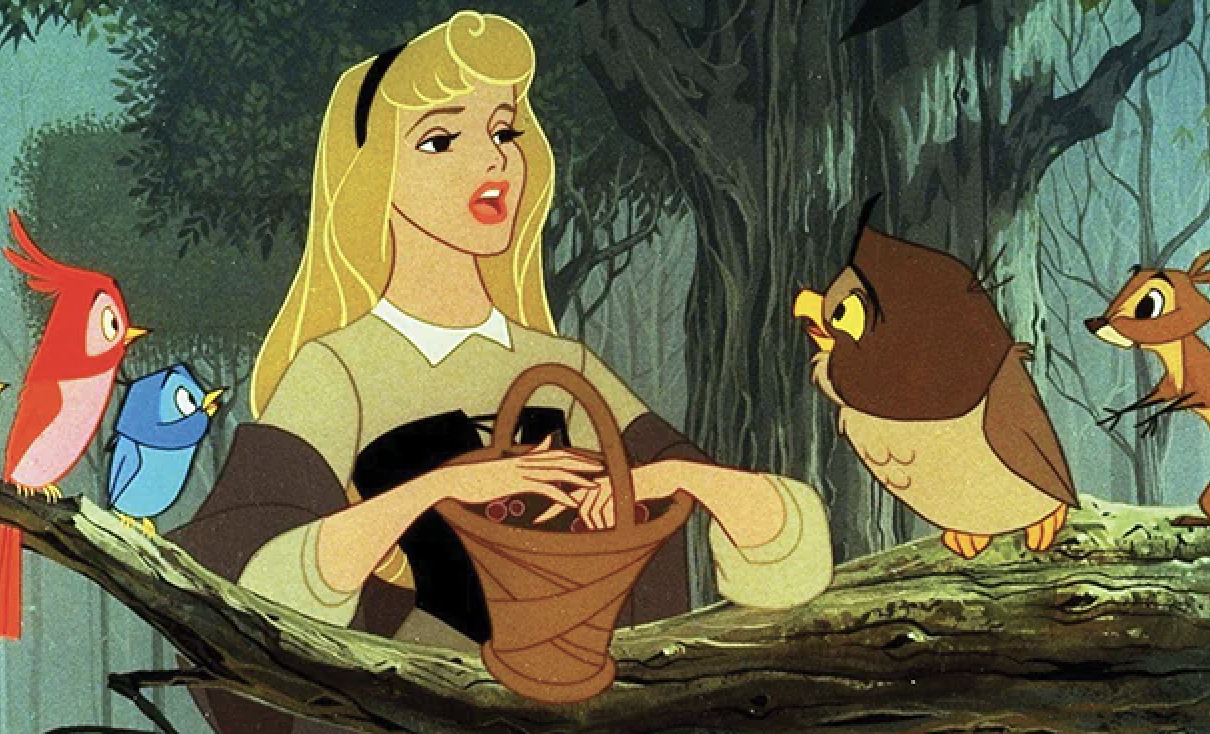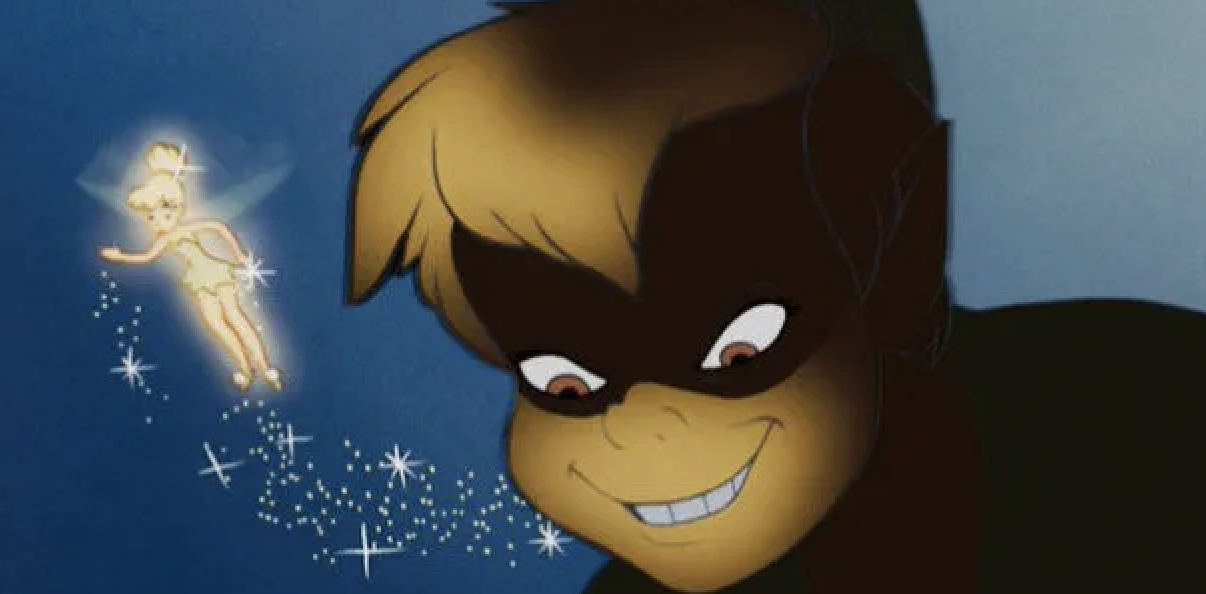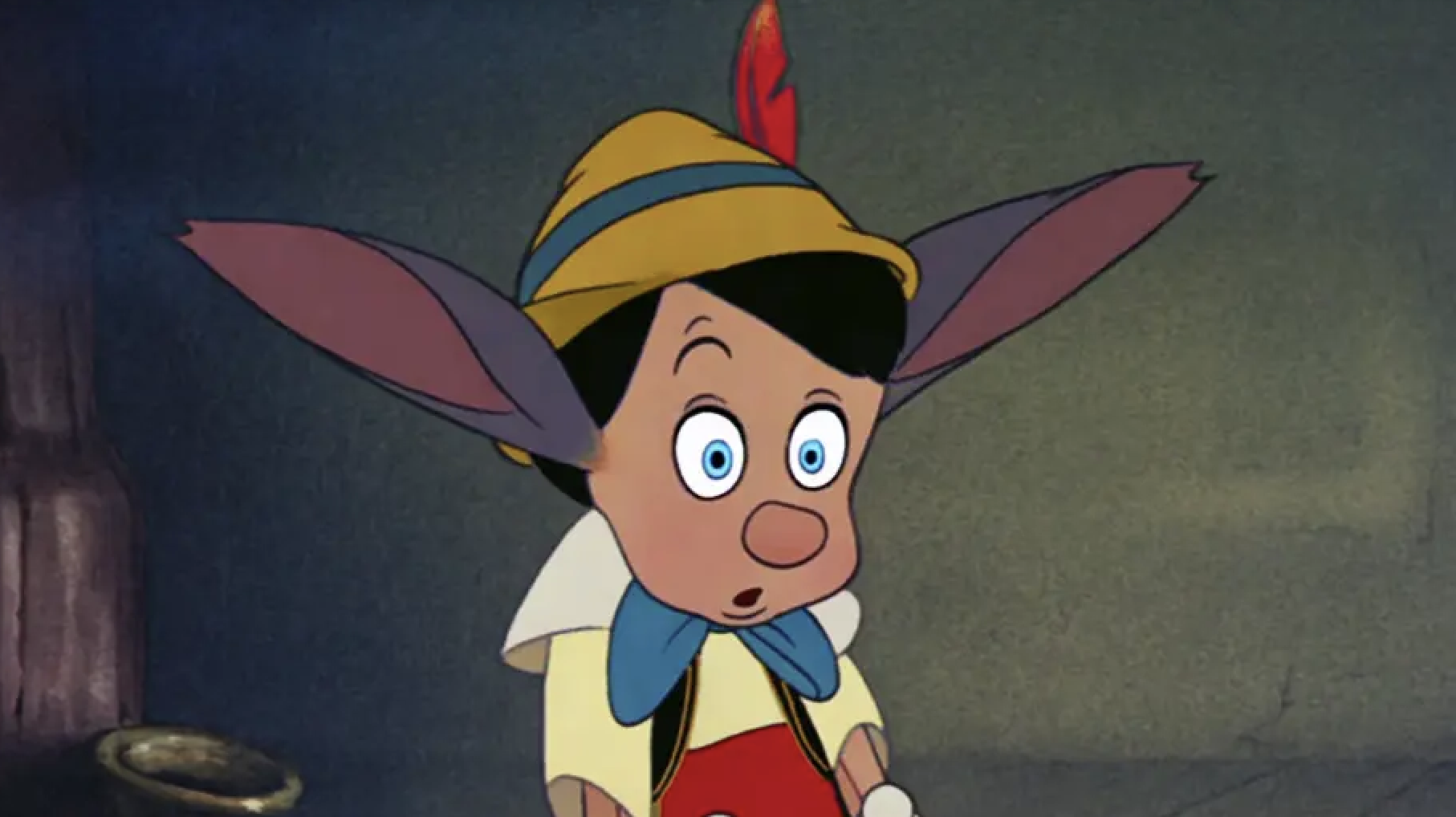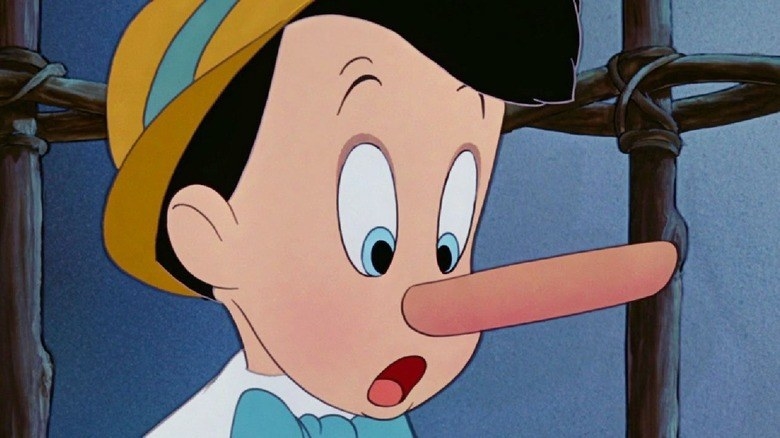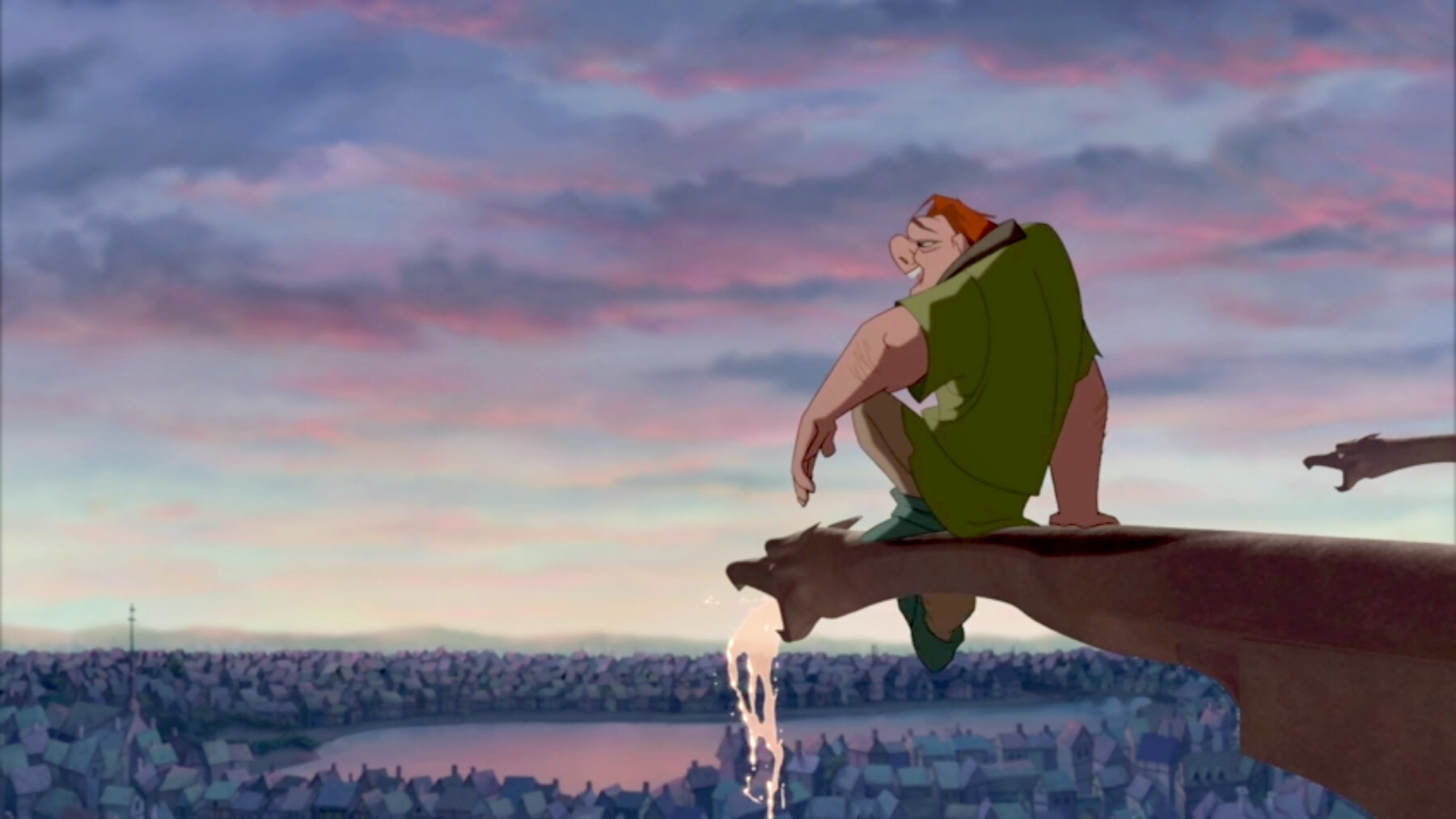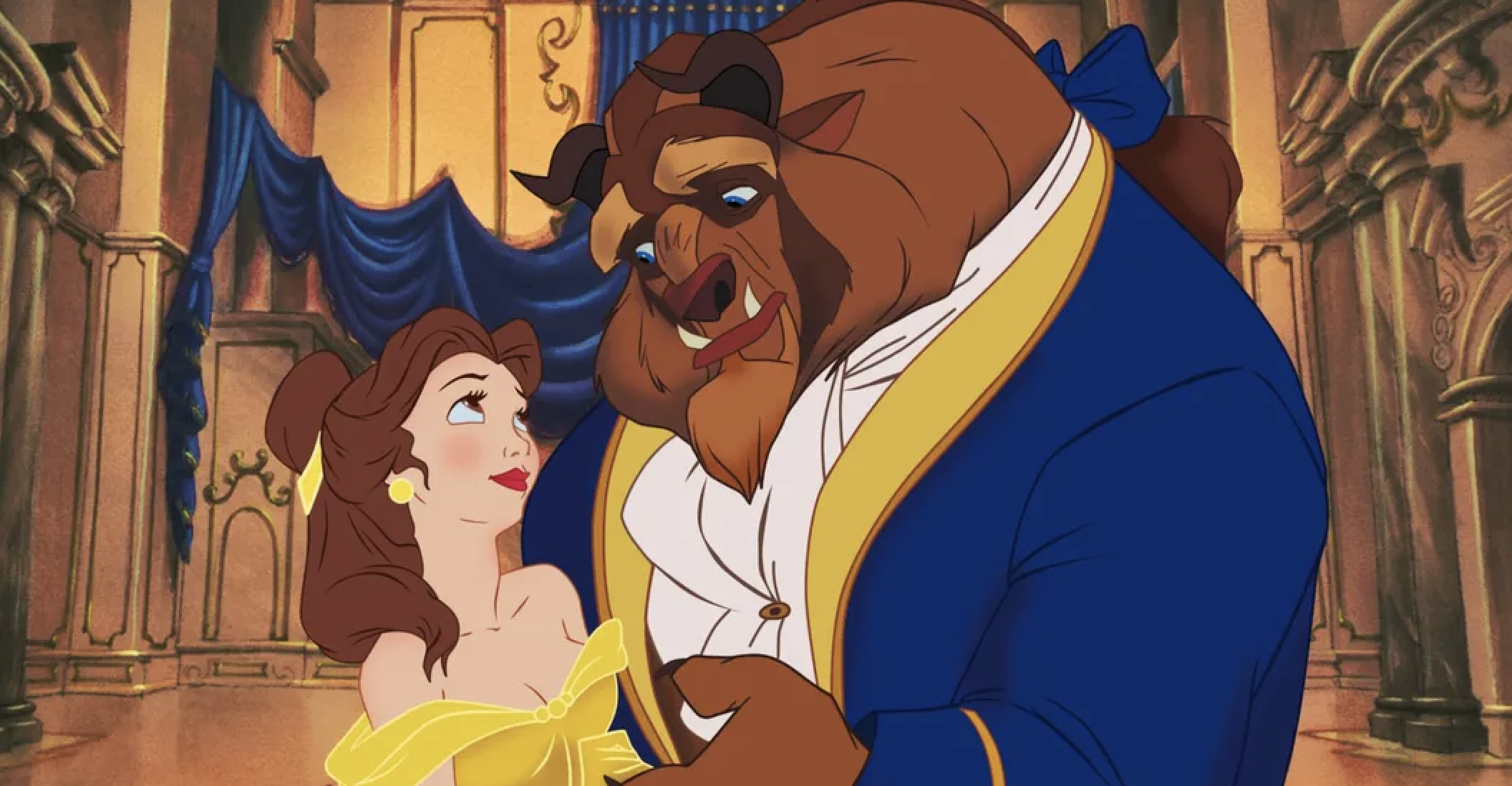First of all, the only reason the prince gets the golden slipper is that he laid a trap on the stair so he could find out who she was, a big red flag. And at the end, the sisters are so desperate to taste some of the spotlight at Cinderella’s royal wedding that they accompany her up and down the aisle, something which Cinderalla’s loyal flock of birds (IKR) take umbrage with, and punish them by pecking their eyes out… It’s a story of two children who are abandoned but find their way home by following a trail of ashes. Upon their return, however, their stepmother kills the young boy, and orders the girl to cook him into a family meal. Then, when the prince turns up unannounced at her tower, the two begin meeting at night for some evidently unprotected love-making, because she soon becomes pregnant. Of course, she has no idea what pregnancy is, but the witch banishes her to the desert to give birth on her own there. The death of the witch is certainly not child-friendly in the Brothers Grimm version. – when, out of jealousy, the witch attends the prince and Snow White’s wedding, the Prince orders her to be put in iron shoes heated until red hot and to dance until she dies… It sounds more like an origin story for Saw! To make matters worse, on land, the mermaid is in terrible pain when trying to walk, and the prince ends up marrying someone else, while apparently seeing the mermaid instead as a “kind of mute pet.” “‘All the better to eat you up with.’ And, saying these words, this wicked wolf fell upon Little Red Riding Hood, and ate her all up.” I imagine this wouldn’t have gone down so well at bedtime… Little did everyone know that, whatever you think about the Disney version, the issue of consent is where the original tale Sun, Moon, and Talia by Giambattista Basile gets really disturbing. Instead of waking her up with a kiss, the King in the original tale impregnates the sleeping princess, who wakes up nine months later with a pair of twins. The (already married) King then returns and marries the princess… I don’t even know what the moral of this story is meant to be. “The boys on the island vary, of course, in numbers, according as they get killed and so on; and when they seem to be growing up, which is against the rules, Peter thins them out." So, if you’re growing up too fast, or at all for that matter, Peter will ’thin you out’ – hence the ever-changing number of “lost boys”. The original novel of The Hunchback of Notre Dame has a starkly different ending than the beloved musical. When Frollo escapes, Esméralda is the only suspect for Phoebus’ stabbing. The ending, years later, sees the skeletons of a hunchback and a woman embracing in Esméralda’s tomb. Again, this could easily be a side plot of GOT, but perhaps less so a children’s Disney movie. A more recent one that was adapted to become Beauty and the Beast, in the end, has Belle’s jealous sisters turned into statues outside the mansion, forever looking longingly upon their sister’s better fortune.
